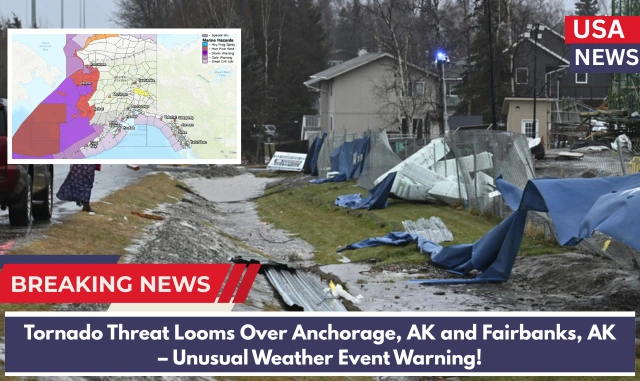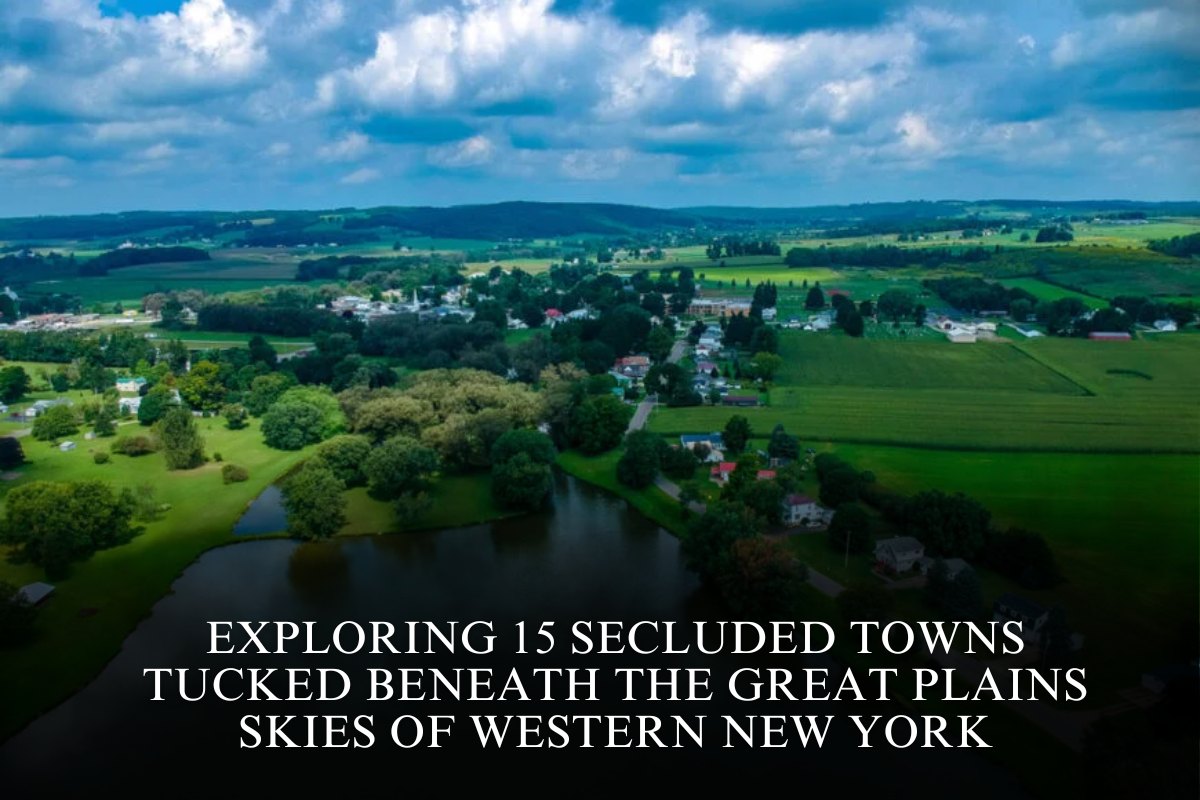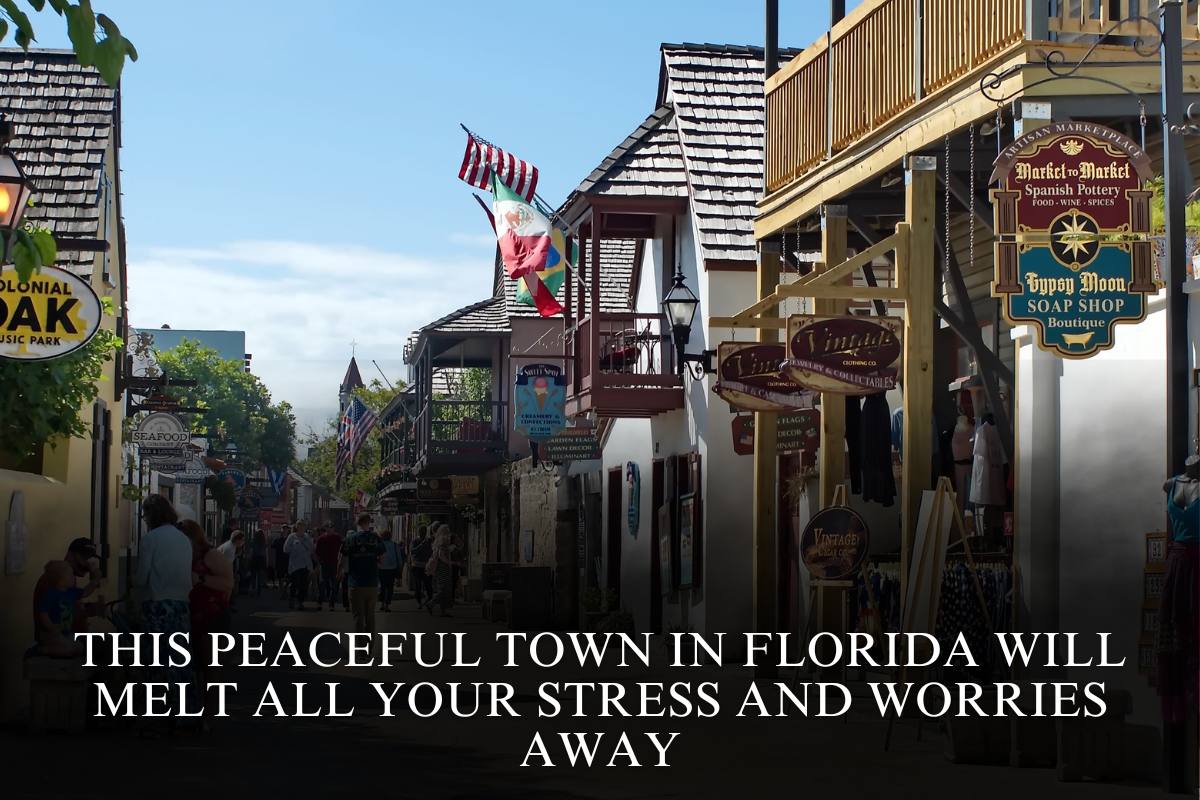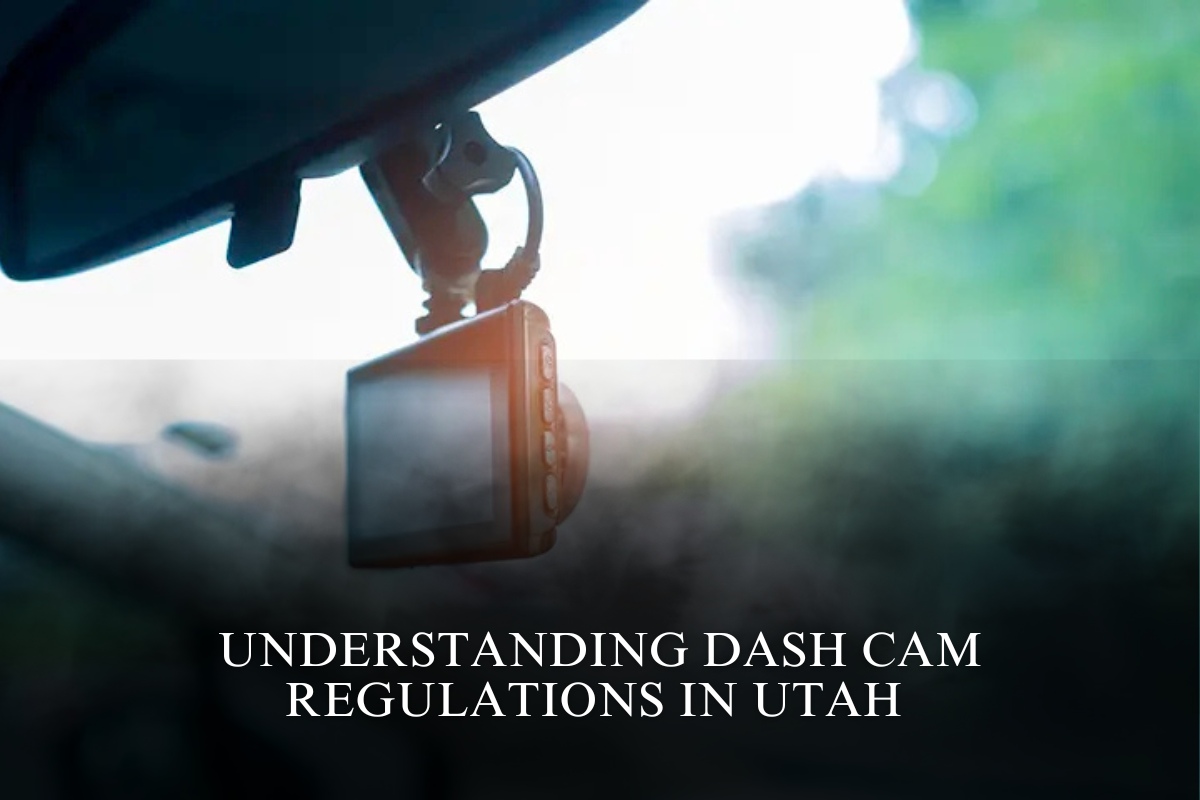In an unprecedented turn of events, a powerful weather system is sweeping across parts of the U.S., triggering a rare tornado alert and thunderstorm warnings that now extend all the way to Anchorage and Fairbanks, Alaska. While these regions are no strangers to extreme weather, a tornado watch this far north is highly unusual—and deeply concerning.
Current Threat Zones:
The National Weather Service (NWS) has issued a thunderstorm warning for Genesee, Livingston, Monroe, and Wyoming counties in western New York. Meanwhile, a tornado alert remains in effect for wide portions of the Tri-State Area, stretching into New Jersey, Pennsylvania, Virginia, and the Carolinas—and now, Alaska, where atmospheric instability is rising rapidly.
Officials are urging heightened caution despite the current low probability of tornado formation in the Alaskan region. Doppler radar imagery shows fast-moving storm cells, highly unstable air masses, and rapidly shifting wind shear that could escalate without much warning.
“The storm that initially triggered the warnings has weakened,” noted the NWS. “However, conditions remain volatile and new, severe cells could develop quickly.”
Lightning Safety – Critical Tips as Storms Approach Anchorage and Fairbanks
Even without a tornado, lightning alone kills around 20 people in the U.S. annually, and Alaska’s wide-open landscapes and limited shelter options make lightning threats especially dangerous.
Before & During the Storm:
- Have a reliable shelter plan. Power outages and poor connectivity may limit your ability to act quickly.
- If you hear thunder, you’re already at risk. Don’t wait—head indoors immediately.
- Avoid open spaces and water, especially if you’re hiking, boating, or working outdoors.
Once Indoors:
- Don’t use corded phones or plug-in appliances.
- Avoid plumbing fixtures like sinks and bathtubs.
- Stay away from windows, doors, and metal-framed walls.
🔁 Wait at least 30 minutes after the last thunder or flash before going back outside. Storms can circle back unexpectedly.
Stuck Outside in Alaska’s Wilderness? Here’s What to Do:
Being caught in the open—whether fishing in a river, exploring trails, or even camping near Denali—can be especially dangerous during a lightning storm. Here are smart, potentially life-saving tips:
- Avoid ridgelines, open tundra, and peaks.
- Find shelter in low-lying areas like ditches or shallow depressions.
- Stay away from tall, isolated trees—they are lightning magnets.
- Ditch metal gear and wet items like hiking poles or backpacks with frames.
- In groups, spread out at least 20 feet apart to reduce mass casualty risk.
Driving During Storms – Key Safety Tips for Alaska’s Roads
Whether you’re commuting between Anchorage and Fairbanks or venturing along the Parks Highway (AK-3) or Glenn Highway (AK-1), these weather conditions can make driving treacherous:
- Avoid low-lying routes, underpasses, or valleys prone to flash flooding.
- Double your following distance—wet roads mean longer braking times.
- Slow down gradually to avoid skidding or hydroplaning.
- Use headlights even during daylight storms for better visibility.
- Be alert for mudslides, downed trees, and blown debris.
If visibility drops or conditions worsen, pull over to a rest stop or safe turnout. Keep your hazard lights on, and stay inside your vehicle until it’s safe to continue.
Stay Alert, Stay Ready
This is not a typical forecast for Alaska—and that’s exactly why you should take it seriously.
Whether you’re in Anchorage, Fairbanks, or other high-risk zones across the U.S., preparation is your best defense. Enable emergency alerts, monitor NOAA Weather Radio, and follow local advisories closely.
🧭 Weather is unpredictable—your response shouldn’t be. Stay safe, stay indoors, and stay informed.












